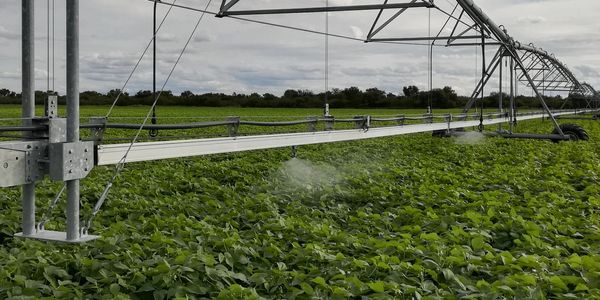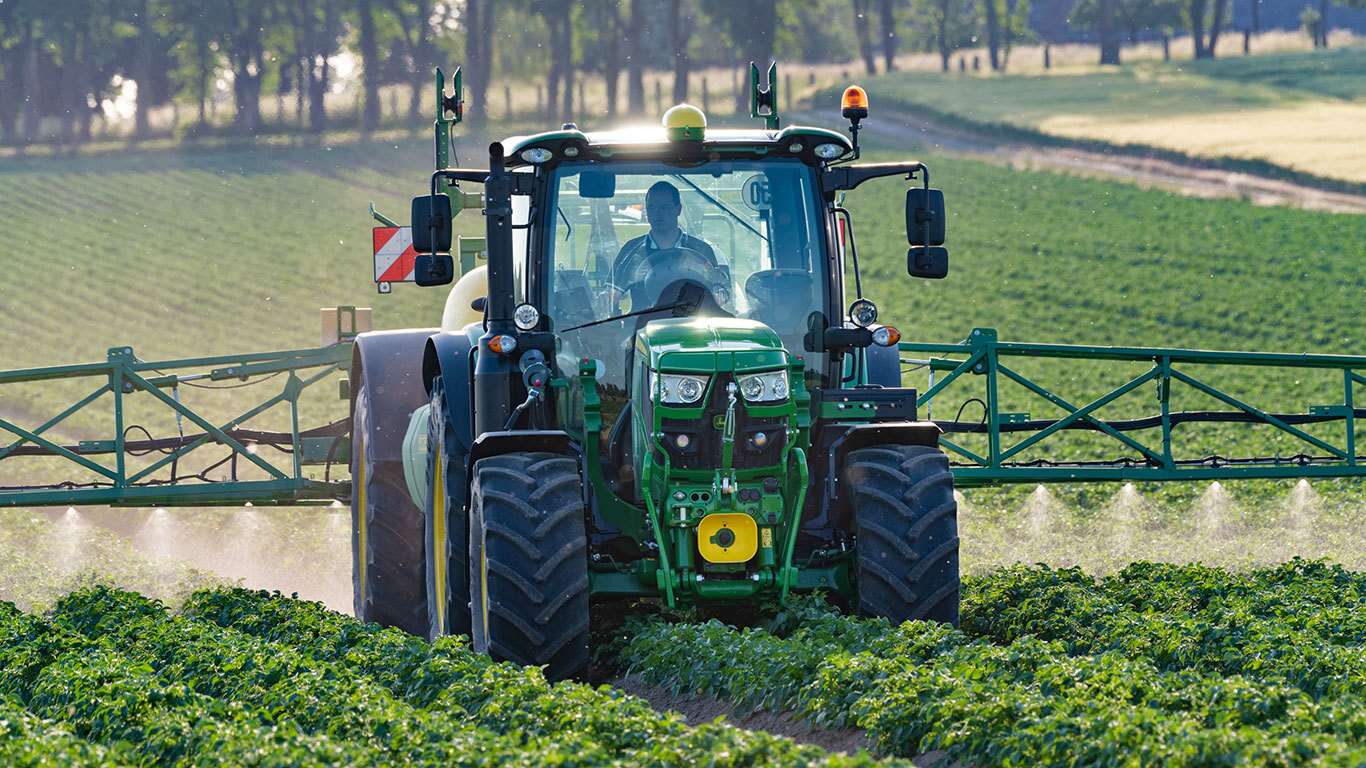A very important factor for the effectiveness of a crop protection product is the weather. Temperature, humidity, precipitation and wind can significantly stimulate or limit the effect of crop protection products. Irrigation is becoming increasingly interesting for arable farmers who have access to fresh water. That is what the CZAV states.
The frost has passed again and in terms of weather it now looks like spring again. The weeds start to grow and the disease and insect pressure increases. To achieve an optimal crop yield, CZAV recommends controlling weeds, insects and diseases as well as possible. This is getting more and more difficult as the available ‘toolbox’ contains less and less tools to deploy, or contains other tools. The developments at the political level on the farm-to-table strategy also play an important role in this. The aim is to use 50 percent less crop protection agents (PPPs) as we know them by 2030. CZAV therefore calls for the remaining or additional resources to be used as effectively as possible.

Spray conditions
A very important factor for the effectiveness of a drug is the weather. According to CZAV, spraying the product at the right time under the right weather conditions has a great effect on its effectiveness. Temperature, humidity, precipitation and wind can significantly stimulate or limit the effect of crop protection products.
Temperature is a very important factor for insect control. CZAV states that on the basis of a specific temperature sum it can be predicted when which type of insect will become active and will disturb our crops / fields.
Humidity
Humidity is perhaps an even more important factor than temperature. This factor determines whether herbicides and fungicides can be absorbed by the plant. For example, the wax layer is thicker during drought. This limits the absorption. At high humidity, the cutin layer of the plant swells, so that the water-soluble agents are certainly better absorbed.

CZAV also points out that it is important that the crop does not rain wet after spraying. Then the agent will run off the leaf. It is also important that the leaf is dry at the time of spraying. Pesticides do not adhere to a wet leaf.
Soil moisture
The weather is expected to fluctuate more and more in the future. In addition, freshwater scarcity is an increasing problem. Irrigation is becoming increasingly interesting for arable farmers who have access to fresh water. CZAV refers to the experiences gained last year at Rusthoeve Test Farm. There, an additional yield of 12 tons was achieved in seed onions by limited irrigation (52 tons compared to 40 tons) and an additional yield of 35 tons by unlimited irrigation (75 tons compared to 40 tons).

Measuring is knowing
Fortunately, there are handy systems on the market that show, predict and register weather conditions. CZAV says it has good experiences with the systems of Sencrop, AgroExact, and Farm21. Sencrop supplies a weather station that provides accurate weather data from the field and has a sensor to determine the microclimate (temperature + humidity) of the crop. AgroExact also supplies a weather station and also has a soil moisture sensor that measures the microclimate at crop height. Farm21 also supplies a soil moisture sensor that measures the microclimate at crop height. According to CZAV, measuring the microclimate at crop height is especially important, because this is important for determining the optimal spraying time and the development of pests and diseases.

